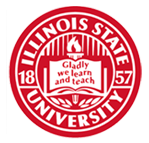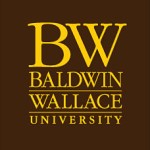Abstract
Active teaching methods are believed to facilitate higher-order thinking skills and prepare allied health students for independent clinical decision-making. This quantitative, correlational study aimed to explain the relationships between student preferences for active over traditional methods and their beliefs, the frequency and positiveness of their experiences, and the extent of knowledge they have received regarding active and traditional teaching methods. Two hundred and thirty students completed a 53-item online survey. Students were enrolled in a Doctor of Physical Therapy, Masters in Speech-language Pathology, or Bachelor of Science Nursing program in one of seventeen participating institutions across a ten-state Midwest region. A combination of student knowledge, student beliefs, and positive student experiences with active over traditional methods predicted 72.5% (R2 = .725, p =
Recommended Citation
Shilling, T.,
Thayer, J.,
Coria-Navia, A.,
&
Ferguson, H.
(2023).
Student Preferences for Active Learning and Their Beliefs, Experiences, and Knowledge.
Teaching and Learning in Communication Sciences & Disorders, 7(2).
DOI: https://doi.org/10.30707/TLCSD7.2.1690393489.74901
Included in
Curriculum and Instruction Commons, Educational Methods Commons, Higher Education Administration Commons, Higher Education and Teaching Commons, Nursing Commons, Scholarship of Teaching and Learning Commons, Speech Pathology and Audiology Commons




